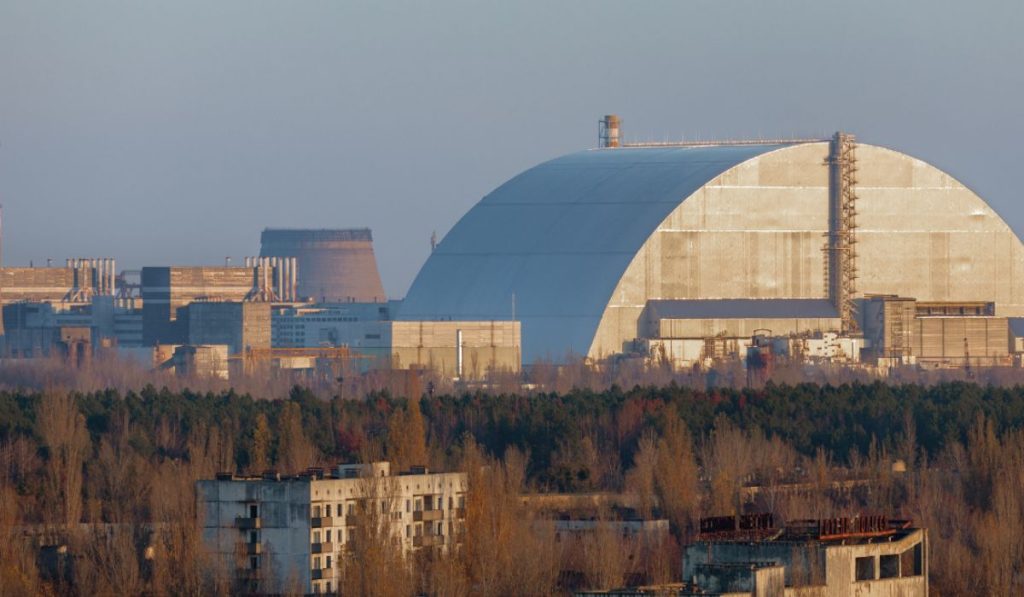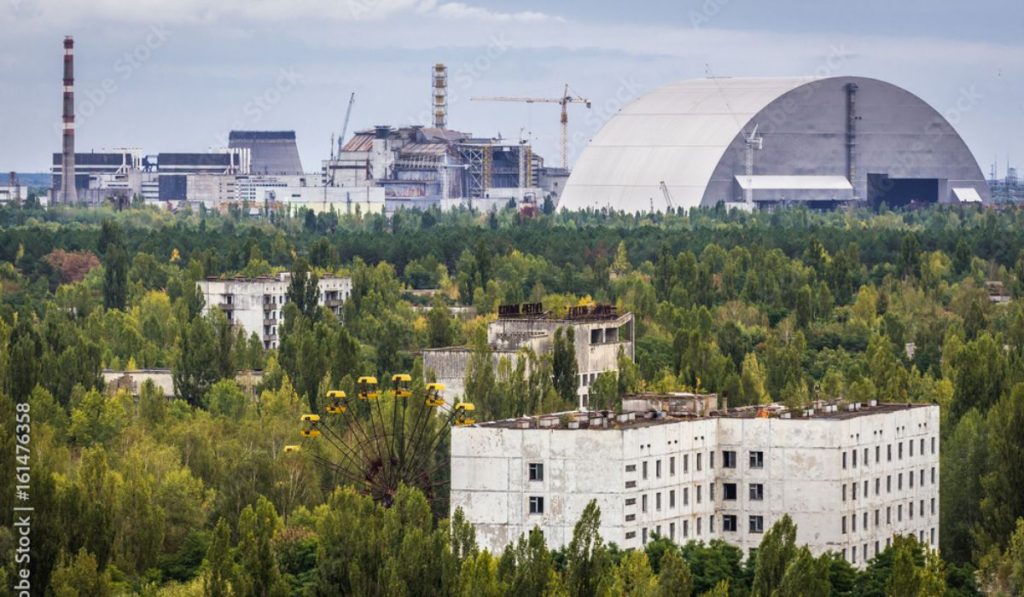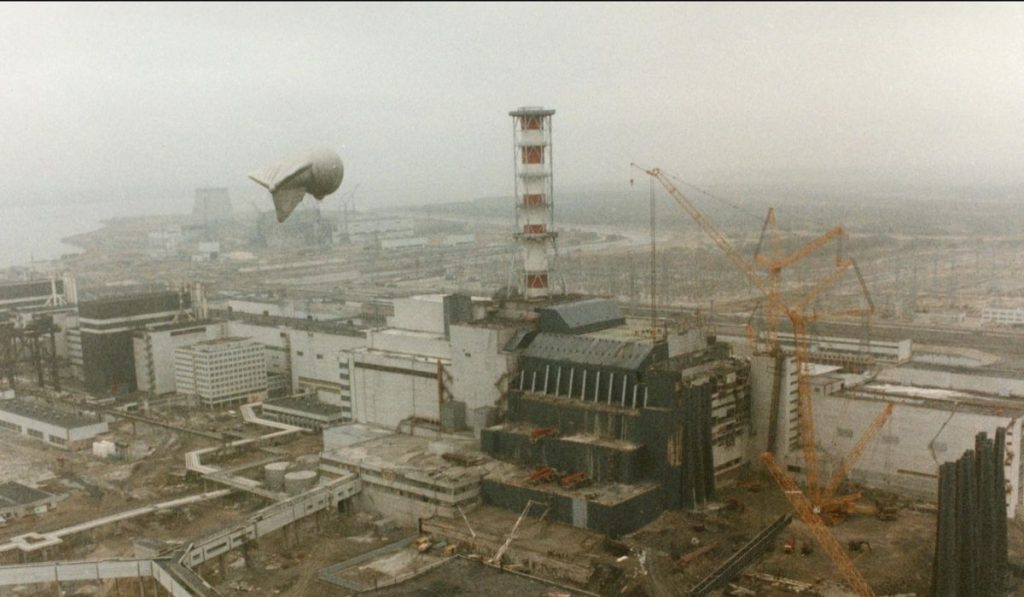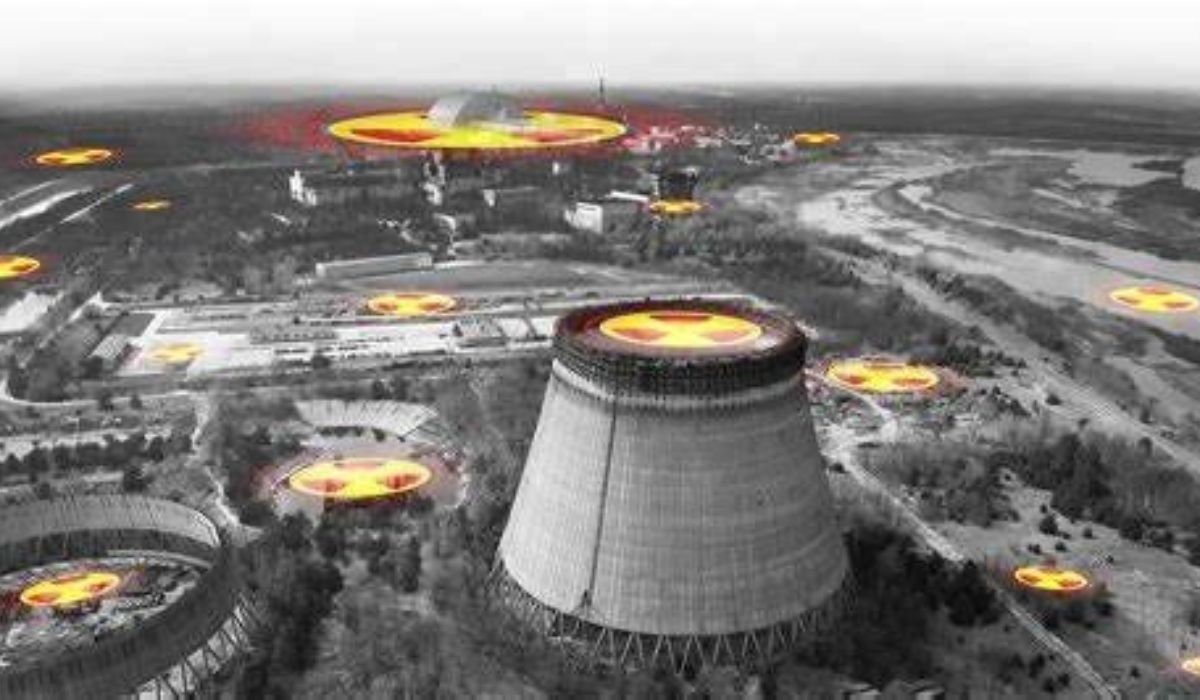The name “Chernobyl” often conjures up images of disaster, mystery, and the deep scars left by one of the worst nuclear accidents in human history. But what about Chernobyl today? Does the site still hold its ominous reputation, or has it evolved into something else entirely?
In this article, we’ll explore the current state of Chernobyl, what has happened in the years following the accident, and what it looks like today. From abandoned towns to efforts at environmental recovery, Chernobyl’s present holds both eerie remnants and signs of renewal. Let’s take a look at this fascinating, ever-evolving story.
Chernobyl’s Legacy
Chernobyl is more than just a name; it’s a symbol of human error, environmental devastation, and the long-lasting effects of nuclear energy. The legacy of the 1986 nuclear disaster has reverberated across the globe, sparking debates about the future of nuclear power and the consequences of safety failures. Today, Chernobyl serves as a reminder of the power of nature and technology and their sometimes dangerous interplay.
The Nuclear Disaster: A Quick Overview

To understand Chernobyl today, we need to revisit what happened in 1986. On April 26, a reactor at the Chernobyl Nuclear Power Plant in Ukraine exploded, releasing a deadly amount of radioactive material into the atmosphere. The accident caused widespread contamination, leading to the evacuation of thousands of people and leaving behind a haunting legacy.
While the direct impact of the explosion claimed lives, the long-term effects of radiation exposure have been felt far beyond Chernobyl. The disaster remains the worst nuclear accident in history, and its consequences are still being managed decades later.
Chernobyl Today: The Abandoned Towns
One of the most striking features of Chernobyl today is its abandoned towns. Pripyat, once a thriving city of 50,000, was evacuated within hours of the explosion. Today, it stands as a ghost town, with empty buildings, overgrown streets, and silent playgrounds. The same can be said for nearby villages, where homes stand still, frozen in time.
Walking through these towns today feels like stepping into a time capsule. The contrast between the life that once filled these places and their current desolate state is powerful and eerie.
Radiation Levels: How Dangerous is Chernobyl Today?
One of the most common questions about Chernobyl today is whether it’s still dangerous due to radiation. While radiation levels in the Chernobyl Exclusion Zone remain higher than normal, they have decreased significantly over the years. Radiation levels vary across the area, with certain spots remaining hazardous for human presence, but much of the zone is now considered safe for short visits.
In general, radiation exposure in most tourist areas is not higher than the normal levels you’d encounter on a long-haul flight. However, authorities still regulate the area carefully to ensure safety.
The Exclusion Zone: What’s Left Behind?

The Chernobyl Exclusion Zone covers a 30-kilometer radius around the reactor and serves as a protective barrier against radiation. It remains off-limits to most of the public, with access allowed only under specific conditions.
Within the zone, you’ll find abandoned buildings, infrastructure left in a decaying state, and relics of a once-thriving community. Nature has slowly started reclaiming the area, with trees and plants growing through cracks in concrete and wildlife returning to the land. Despite the ongoing radiation, it’s a strange and hauntingly beautiful place.
Chernobyl Wildlife: A Surprising Comeback
You might expect a place as radioactive as Chernobyl to be devoid of life, but nature has found a way to thrive. While some species were undoubtedly impacted by the disaster, research shows that many animals have returned to the area, and the Chernobyl Exclusion Zone has become a sanctuary for wildlife.
Species such as wolves, wild boars, and even Przewalski’s horses (a rare breed of wild horse) are now flourishing in the zone. Scientists continue to study the long-term effects of radiation on these animals, offering valuable insights into how life can adapt to extreme conditions.
Chernobyl Tours: Is It Safe to Visit Today?
For those curious about Chernobyl’s eerie remains, tours to the Exclusion Zone have become popular in recent years. Guided tours offer a chance to explore the abandoned towns and witness the aftermath of the disaster first-hand.
The tours are strictly regulated, and safety precautions are taken to minimize radiation exposure. Visitors must follow all instructions carefully, and only authorized guides are allowed inside the zone. Despite the eerie atmosphere, these tours offer a unique look into history and a powerful reminder of the resilience of nature.
Chernobyl and the Environment: What Has Changed?

The environmental impact of Chernobyl remains a significant concern. In the years following the disaster, efforts have been made to manage the area’s radioactive contamination and support environmental recovery.
One of the most notable projects has been the construction of the New Safe Confinement (NSC) around the reactor. This giant structure was completed in 2016 to contain radiation and prevent further leakage into the environment. It is one of the largest movable structures ever built and is expected to provide protection for up to 100 years.
Chernobyl and the Local Economy
Although Chernobyl itself remains uninhabited, the surrounding region has seen some economic activity. The nearby town of Slavutych, for example, was built to house workers and their families who were displaced by the disaster. Today, it is a functioning town with businesses, schools, and a population that still supports the nuclear industry.
Chernobyl has also become a significant source of revenue through tourism. Many people visit the area each year to learn about the disaster and witness its lasting effects on the land.
What is the New Chernobyl Reactor?
After the explosion, the original reactor was sealed inside a concrete sarcophagus, which was later found to be inadequate. The New Safe Confinement (NSC) was constructed as a more durable solution to enclose the damaged reactor and prevent further contamination.
The NSC is designed to last for at least a century and is a testament to the technological advancements made since the disaster. This structure will help ensure that the area remains safe for future generations.
The Role of Science and Research in Chernobyl Today
Chernobyl continues to be a site of significant scientific research. Researchers study the long-term effects of radiation on both the environment and human health, as well as the adaptability of wildlife to radioactive environments.
Additionally, Chernobyl serves as a valuable case study in nuclear safety. Lessons learned from the disaster have influenced international nuclear policy and safety protocols, helping to ensure that such a catastrophe is never repeated.
What Does the Future Hold for Chernobyl?
The future of Chernobyl remains uncertain, but the Exclusion Zone may eventually become a symbol of ecological recovery. The ongoing efforts to contain radiation and support wildlife are creating a unique situation in which nature and human history intertwine.
While Chernobyl will never be completely “clean” or restored to its former state, it holds the potential to become a model for future environmental management in the face of disaster. Scientists, government agencies, and local communities will continue to work together to shape its future.
Why Chernobyl Still Captivates Us
Chernobyl’s haunting presence continues to captivate people’s imaginations. Its mystery, its tragedy, and its lessons are universal, touching on themes of human error, resilience, and our relationship with the natural world.
The story of Chernobyl is far from over, and its legacy will continue to shape our understanding of nuclear power and environmental recovery for years to come.
Lessons from Chernobyl: What Have We Learned?
Chernobyl teaches us the importance of vigilance, safety, and responsibility when it comes to nuclear energy. It serves as a reminder of how quickly things can go wrong and the long-term consequences of those failures.
But it also teaches us about the resilience of nature and the power of human ingenuity. Despite the devastation, life continues in Chernobyl today, and the lessons learned from this disaster have made the world a safer place.
Conclusion: Chernobyl in the Modern World
Today, Chernobyl is both a cautionary tale and a symbol of recovery. It stands as a reminder of the dangers posed by nuclear energy but also of the power of nature to heal and adapt. The future of Chernobyl is uncertain, but the lessons it offers are timeless.
Frequently Asked Questions
1. Is it safe to visit Chernobyl today?
yes, Chernobyl tours are considered safe for visitors, but safety guidelines must be followed, and radiation levels are monitored. Always go with an authorized guide.
2. Why did Chernobyl happen?
Chernobyl’s explosion was caused by a combination of human error and a flawed reactor design, leading to an uncontrolled release of radioactive materials.
3. How much radiation is in Chernobyl today?
Radiation levels vary, but most areas in the Exclusion Zone are not dangerous for short visits. Some hotspots remain highly contaminated.
4. Is wildlife thriving in Chernobyl today?
Yes, wildlife has made a remarkable comeback in the Chernobyl Exclusion Zone, with species like wolves, wild boars, and even wild horses thriving.
5. What is the New Safe Confinement?
The New Safe Confinement is a massive structure built to enclose the Chernobyl reactor and contain radiation for the next 100 years.
For more visit realmeet





